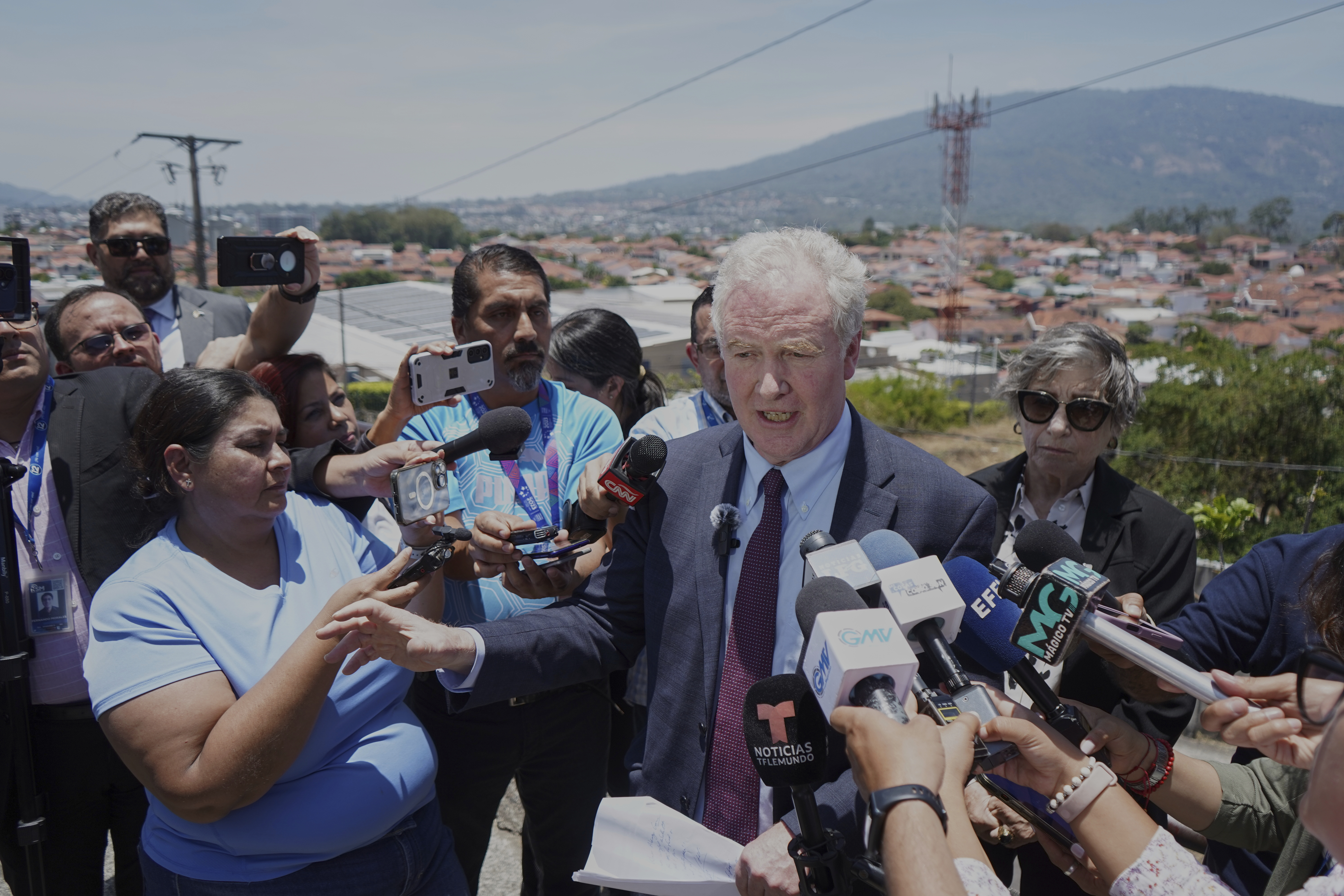As impressive as it may be to see a truck drive itself, that's not what gets Andrew Smith the most excited when he walks through his test facility outside Denver.
“We can literally introduce millions of hours of additional capability and capacity of long-haul trucking by just reducing the idle time of trucks by five minutes of coming in and out of these facilities," Smith says.
Smith is the founder and CEO of Outrider. The Colorado company is developing electric self-driving trucks and software that helps them move around distribution yards.
If a warehouse is dealing with an issue like a worker shortage, hours or days can be added to the time it takes for a product to reach a home or store.
“They don't take breaks and they’re always available," Smith points out. "With human-driven trucks, you might always have a person running in and running out and taking breaks — and that's if you can find the people to do the work anyway.”
2022 was a record year for the number of robots entering the workplace in North America, according to an automation industry trade group.

The rise of social robots and their emergence in helping human psyche
Out with the villainous metal cyborgs like in the classic action franchise “Terminator,” and in with the caring, compassionate therapist robot.
Outrider's trucks are fitted with sensors and controlled by software that maps out the yard.
“A 2-year-old can press a button and say I want to move this 40,000-pound, 53-foot trailer to that loading dock with centimeter accuracy, and the system does everything else by itself," Smith says.
In January of this year, 628,000 warehouse and transportation jobs were unfilled, according to the Bureau of Labor Statistics. That's an increase of nearly 100,000 open jobs from January 2022.
“We’ll need less humans to do certain jobs, but those are the jobs that humans don’t want to do," says Mark Yoss, who teaches advanced manufacturing at Metropolitan State University Denver. Yoss believes people should look at robots as a way to fill a gap instead of a threat to the human workforce. A recent survey found the manufacturing industry could be short more than 2 million jobs in the next decade.
“But we also need the smart people who are going to program those machines to be able to do what we need them to do and take away the menial task for the human,” Yoss says. For now, Outrider’s trucks have a person inside to make sure the system is moving smoothly and safely, but Smith says the goal is to eventually no longer need a human in the cab.
“Across the supply chain, finding people to do these dull, dirty, dangerous tasks is a challenge for the entire industry that is shipping goods," Smith says. Outrider is still in its pilot stages but plans to start selling its trucks next year.

How is automation transforming the economy?
Robots are already changing the way we commute, deliver goods, care for patients and even what we do in the bedroom.










